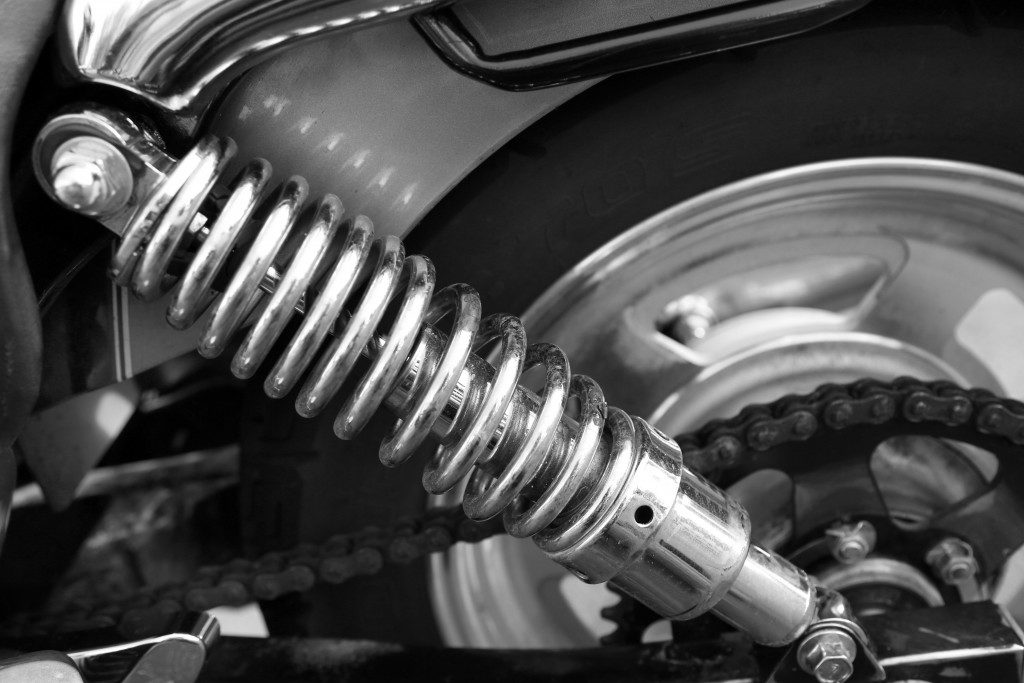The role of the spring, whether it is coil, torsion, or leaf spring, is to compensate for any irregularities in the surface of the road. They also keep the suspension system at a calculated height and support the additional weight without extreme sagging.
All these functions are essential for it to provide comfort, load-bearing capacity, and precise handling in a car. These three fundamental things will raise customer interests. That is why a car spring must be from a trusted manufacturer and made with quality material. Fortunately, you can easily find several reliable spring manufacturers in Ohio.
Leaf spring
One of the earliest and universally used spring design is the steel multi-leaf spring. It has many advantages because it does not only act as a spring. It also directly connects the axle to the chassis. This type of spring can also be set to various ride control and load-bearing requirement by adjusting the numbers, thicknesses, width, and length of the spring leaves.
Additionally, leaf springs tend to operate as its own rebound dampener because of the leaves’ friction grinding together. In other circumstances, it’s possible to replace a standard steel spring with a plastic unit that significantly lessens unsprung pressure and counters corrosion coming from road salt and other factors.
Torsion springs

For several years, this type of spring is also utilized on cars equipped with short-long-arm (SLA) suspension systems. Just like what the name suggests, the torsion bar is a round bar, with a length of about four feet. It is designed to twist when pressure is applied to the suspension system. Generally, a torsion bar is preloaded by a counterclockwise or clockwise built into it. A torsion bar is designed to fit only on the side of the car.
Its advantages include lightweight and compactness. A threaded screw adjustment controls the torsion bar tension, that’s why it can be utilized to fine-tune suspension height. Additionally, this type of springs can be connected to either the lower or upper control arms, which increases its design’s versatility.
Coil spring
You can better understand the purpose of the coil spring if you imagine it as a long, thin, torsion bar rolled into a coil shape. This type of spring operates on the same principle as the torsion bar – the coiled wire twists during the extension cycles or compression of the spring.
Coil spring relatively occupies a small space. Because of that, it can be utilized in different suspension designs such as independently sprung rear axle, solid-axle with trailing arms, MacPherson strut, or any SLA suspension system that uses a spring or coil-over-shock absorber configuration.
Springs play a vital role in a car’s suspension system. Without it, car rides will not be as comfortable as what you often experience. Driving on bumpy or uneven roads will be a very unpleasant experience if your vehicle doesn’t have springs in its suspension system. These simple springs significantly contribute to the high levels of comfort you experience in your car, no matter what the road surface condition is.

